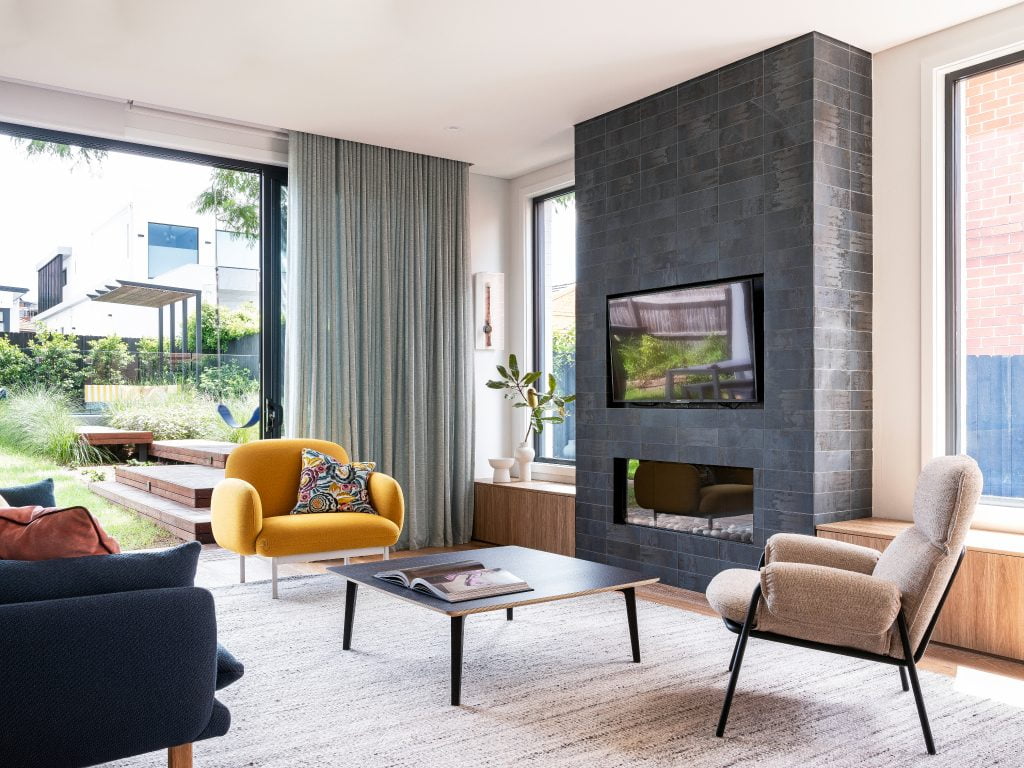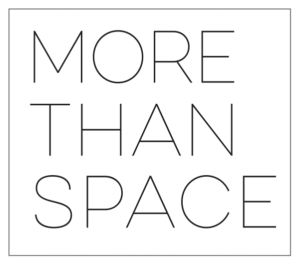Eating well, exercise, adequate sleep, meditation…we know what we should be actively doing to enhance our well-being, but have you ever stopped to think about how where we live, work, learn and play affects us? Wellness focused interior design recognises that residential and commercial spaces can significantly influence our physical and mental well-being.
What surrounds us contributes to our moods, emotions and even our behaviour. Think of how you feel in a space that is quiet, light-filled, and spacious (hello beautiful hotel room!). Compare this to a cluttered, cramped, and noisy location.
Interior design and well-being go hand in hand. In other words, the design of your home and workplace can have a profound effect on your mental and physical health. Careful space planning, attention to lighting and thoughtful selection of materials and products can make the difference between feeling fabulous or not, having a great day or not…you get the idea.
So how can interior designers weave their magic to make you feel top of your game? Well, read on…
BIOPHILIC DESIGN
There is growing support for the idea that we possess an innate tendency to connect with the natural world (bring on the tree hugging). Biophilic design seeks to create natural environments in the spaces we inhabit. When we are connected to nature, we feel more inspired, our productivity increases, and we have an improved sense of well-being.
Thoughtful interior design can reference nature in obvious and subtle ways. The most obvious one is providing views out to nature, however it can also include improving access to natural light, enhancing air quality, and using natural textures and materials, as well as including indoor plants.
LET THERE BE LIGHT (AND FRESH AIR) …
The amount of light you are exposed to can affect your state of mind. As a rule, more light means increased optimism, improved alertness, and better productivity. It can affect our physiological and psychological state.
Finding ways to add as much natural lighting as possible is ideal (as it also affects our Vitamin D balance), however clever lighting systems can now mimic daylight and allow us to better match our natural rhythm.
Studies have shown that people who work in buildings where adequate fresh air is provided are also more productive. The air quality changes in a space throughout the day with CO2 levels building up over time. A good ventilation and air conditioning system to bring in outside air is essential to control odours, reduce exposure to indoor air pollutants and help to remove moisture and bacteria from the building.

REDUCE VOC’S
Volatile organic compounds (VOCs) are emitted as gases from certain solids or liquids, such as building materials, flooring, furnishings, paints, varnishes, and cleaning products. Some have short- and long-term adverse health effects – such as eye, nose and throat irritation, headaches, nausea, and they can even cause damage to organs and the central nervous system.
VOCs can be reduced by selecting products that have low to no VOC’s, improving ventilation, and using products according to directions.
BLOCK OUT THE NOISE
While sound is a healthy, natural part of human experience, prolonged exposure to noise is not (pipe down kids!). Noise can damage human health by causing a psychological stress response in the body, including a spike in blood pressure and heart rate.
Multiple studies and reports demonstrate that noise levels are the single biggest complaint among office workers today. Noisy offices disturb concentration which negatively impacts productivity, and it increases levels of stress and anxiety for employees.
Sound travels through a space and is absorbed or reflected off surfaces. Materials with a rigid and compact structure, such as concrete and glass absorb much less than carpet or textiles. Acoustic material can be incorporated in ceilings, floors, walls, and furniture.

PRIORITIZE ERGONOMICS
The late Steve Jobs famously observed that “Design is not just what it looks like and feels like. Design is how it works.”
Comfort is key when it comes to wellness focused interior design. Ergonomic design basically means user-friendly. Well-designed spaces should be comfortable, practical, and aesthetically pleasing at the same time. Design that is visually beautiful but not functional becomes ugly very quickly.
USE OF COLOUR
Colour affects our moods and emotions. Ever wondered why McDonald has a red and yellow logo? Red is known to evoke hunger, while yellow triggers feelings of happiness and friendliness.
Surrounding yourself with your favourite colours can really lift your mood. Interestingly a study from the University of Texas found that colour can also impact a worker’s effectiveness. Participants carried out clerical tasks in rooms painted in white, aqua and red. The most errors were made when the work was carried out in the white space. The aqua room generated the most positive responses. Pale green hues and tranquil blues seem to naturally promote communication and calmness, as well as help with mental focus. Red stimulates the pulse and can raise blood pressure and has been found to help increase performance in employees who have detail-oriented assignments, but it can be distracting for others (or just make you hungry…where’s my Big Mac???)
However, we need to be mindful of generalisations, as different colours can incite varying emotional responses in all of us, so personal preferences need to be considered when choosing colours.
FENG SHUI YOUR SPACES
Feng shui is a Chinese philosophical system of creating harmony in your home. Pieces are arranged in order to create balance with the natural world. The goal is to harness energy forces and establish harmony between an individual and their environment. The essential principles of feng shui are the commanding position, the bagua, and the five elements.
The commanding position is the spot in a room that is the furthest from the door and not in direct line with it. This is where you want to place your bed, your desk, or your stove if you can – The bed stands for you, the desk is an extension of your career, and the stove represents your wealth and nourishment.
A bagua is the feng shui energy map superimposed on the floor plan of your home and comprises of eight areas which relate to different life circumstances, such as family, wealth, and career. The five interrelated elements- earth, metal, water, wood, and fire— are phases in life that work together to create a complete system. Typically, the practice of feng shui works to balance these five facets in your home.
The need for spaces to create a positive experience for us is now more important than ever. It is no longer about what looks good, but what feels good and is good for us. So, while we eat more greens, pull on the lycra and get our chakras in order, let’s look around and see how we can make our spaces help out with our health and well-being.
